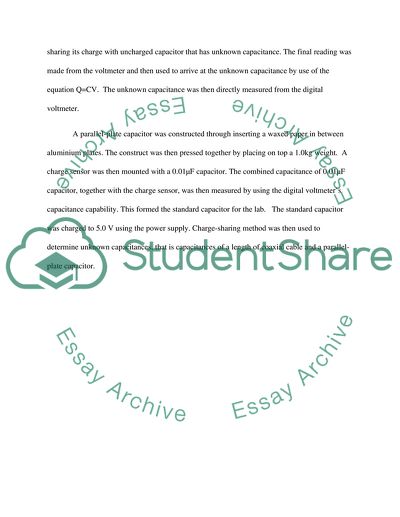Capacitors Using Charge Sensors Lab Report Example | Topics and Well Written Essays - 1000 words. Retrieved from https://studentshare.org/physics/1700436-capacitors
Capacitors Using Charge Sensors Lab Report Example | Topics and Well Written Essays - 1000 Words. https://studentshare.org/physics/1700436-capacitors.


